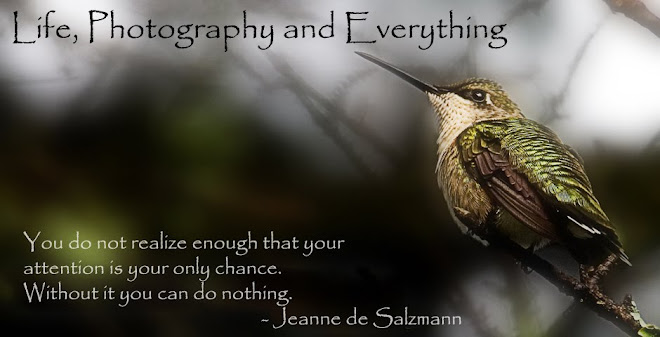One of the things that continues to really fascinate me about photography is how it requires me to constantly re-evaluate how I perceive the world around me.
The play of light is everywhere and ever changing from moment to moment. Most of us move through our days entirely unaware of this often delicate, sometimes (literally) glaringly brash symphony taking place around us. Light does not often call attention to itself the way sound and sensation do. It takes intent and awareness on our part to look beyond the details of our normal realm of perception.
So it has been with the new series of photographic images I started experimenting with for my New York City Graphic collection. As I mentioned in the previous blog post, I began with a new understanding of Arthur Stiegletz's approach of evaluating the overall light and shadow effects of the New York buildings around him. The architectural revolution that led to the creation of the modern high-rise building had only just begun at the end of the period where Stiegletz was actively photographing these scenes. As a result, we can see his images of such creations as the newly erected GE Buildings (both of them) standing in clear air, well above the surrounding, smaller structures of the day. Once distinct, solitary towers, these iconic structures are now lost in a crowd of modern glass, concrete and steel.
This opens up opportunities and challenges for the modern photographer that Stiegletz never had. I realized this immediately once I changed the way I looked at these massive structures which I walk among everyday going to and from work. When we see something so frequently, we become desensitized to the presence and impact of these objects. This applies even to massive skyscrapers. Most New Yorkers only perceive the first floor/sidewalk level of their surroundings. One of the surest signs of a tourist in the city is the simple fact that the person has stopped in the middle of a busy sidewalk and is actually looking UP! This behavior is actually considered a bit gauche by native New York City residents and even 'bad form'. Yet most of the truly interesting architecture exists well above street level.
It isn't the architectural detail that is pulling at me right now, however. The change in perspective has opened a new world of visual acuity. Lately, I seem to have just enough attention at street level to avoid tripping over pedestrians or getting flattened by a bus, but sometimes just barely. My attention is now constantly among the high glass towers as I seek out the potential for graphic patterns on a truly massive scale, literally hundreds of feet up. I have made several excursions into New York City with this specific purpose in mind, walking miles and miles of mid-town sidewalks seeking out sight lines and glass panels. There is the promise of potential around every corner. The results have been truly exciting, with dozens of images the result. Even still, I have barely scratched the surface of the available potential here.
Here are several examples of some of the photographs that are a direct result of this exercise. The first image, 'Cubism', is an unabashed exercise in pure graphics. There are none of the typical architectural details that would normally pull in a viewer's attention. Instead, what we have is a very structured visual of clearly defined light and shadow, all expressed in sharp, straight lines. The overall feel is one of firm and massive, if slightly confused, stability as the repeating pattern of stacked cubes seems to find no real pattern or rhythm.
(click on image to enlarge)
Next is 'The Monoliths'. As with the previous photograph, this image was shot in hard midday light to emphasize the sharp, hard lines delineating light and shadow. A massive stability also reigns in this photograph, but the character is driven by the unavoidable clarity of the repeating vertical lines marching towards the horizon, accentuated by the deep, unsettling shadows.
(click on image to enlarge)
Our last example, as yet untitled, takes a slightly different turn. The modern, steel and glass structures are ideal subjects for this exercise due to their inherently clean, direct and often unbroken lines. Older structures, while almost certainly more attractive in their architectural detailing, don't quite work as well in this exercise as the very details that make them attractive tend to break up the clean lines I am looking for. That said, I found the contrast between the two styles intriguing in this image. In the foreground is 101 Park, a very distinctive angular slab of a structure. Behind it, mostly hidden, is the spire of one of New York City's most recognizable classic structures, the Chrysler Building. Even with the modern building's presence mostly obscuring the older classic, there is no hiding the distinctive identity, or the uniqueness, of the latter.
(click on image to enlarge)
The project is ongoing and I will likely continue it indefinitely as I continue to search out new sight lines and the massive glass panels rising high into the sky.



